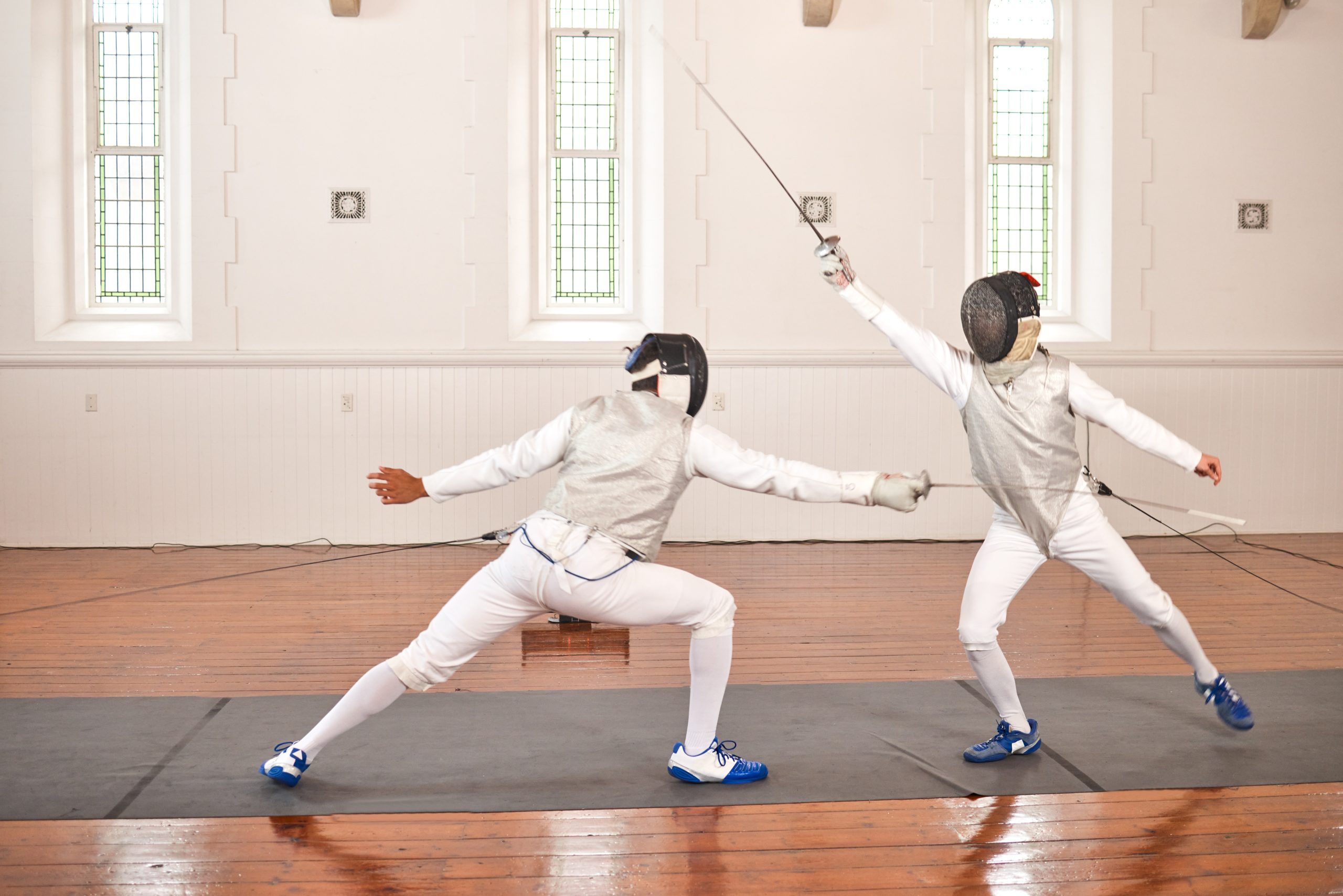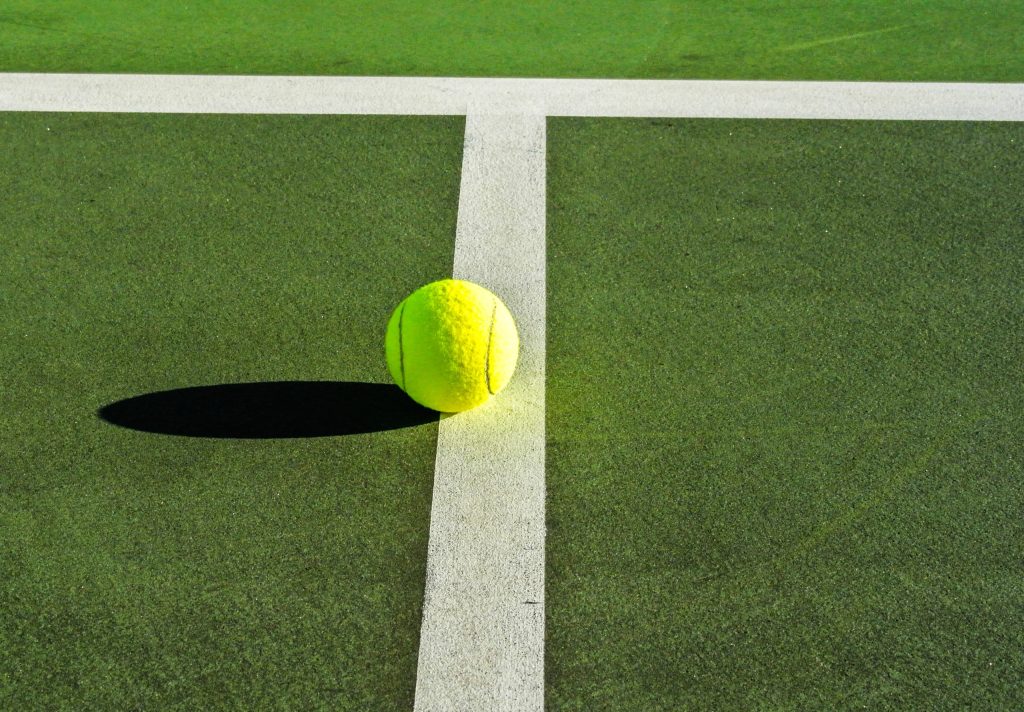
At the monumental entrance to the stadium for the Ancient Olympic games in Olympia, you can today find 16 pedestals, each one for supporting a bronze statue of Zeus erected with the money from fines imposed on cheaters. Called the ‘Zanes’, the aim was to dissuade others from dishonesty by bringing shame on the individual and their city. A modern day ‘walk of shame’ might include names such as Ben Johnson, Tonya Harding, Madeline de Jesús, Fred Lorz or the 1970s East German women’s team. However, pride of place would most likely be taken by Boris Onishchenko.
In 1976, Onishchenko used a modified fencing weapon with a switch in the grip that allowed him to falsely trigger the detection system that determines if the sword has struck an opponent. In modern fencing each competitor has a lamé, an electrically conductive garment worn over the scoring area for each fencing sword type, and a body cord which connects to a conductive weapon and runs under the fencer’s jacket to make a wired connection.
If solving the reliable and effective scoring problem in fencing is nowadays essentially a technological problem, then it stands to reason that patent applications might have been filed to protect those innovations — and they have…lots of them. There is even a special classification for the concepts, A63B69/02 (to make searching easier, every patent is classified using a system of codes that groups inventions according to technical area.)
Significant attempts have been made to overcome the need for a direct electrical connection, both between the weapon and the opponent (typically by capacitance detection such as US20170368443A1 and US20150148114A1) and between the fencer and the scoring station (for example by radio, such as US20130281217A1). Other ideas have been directed to the way those touches are signalled, for example by displaying the touch in a wearable or integrated into the guard, specialist conductive fabrics for clothing and even a scoring system based on conductive socks. Adoption has been slow though with the current standardised system being shown to be inexpensive, reliable and durable. Replacing standardised implementations is a real challenge for innovative companies in many fields.
While sword fighting has been around for centuries, modern fencing has technology at its heart. This extends beyond the scoring system itself. A patent to a portable resilient floating fencing floor system has been granted to Radical Fencing LLC; Nike Inc has protected specific shoes designed to account for asymmetric motions of the foot during fencing; and historic brand Leon Paul has filed for new masks and weapon tips made from different materials to allow more control. There are even companies filing for fencing specific socks. Although fencing might be facilitated by technology, it is still a highly skilled individual sport facilitated by technology rather than led by it.


